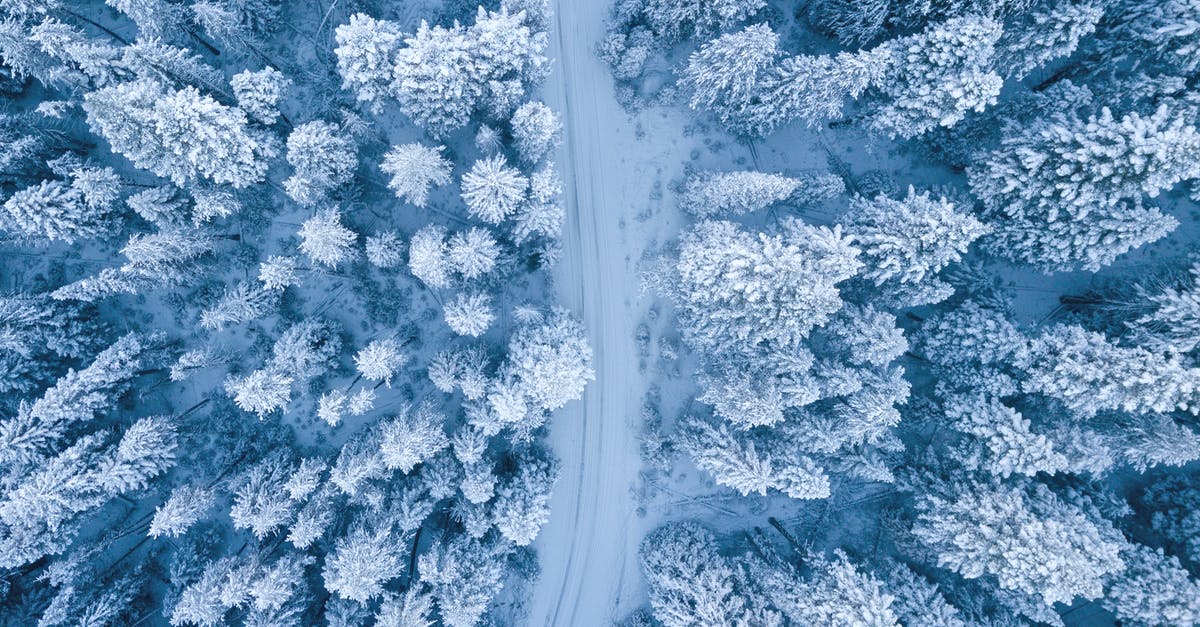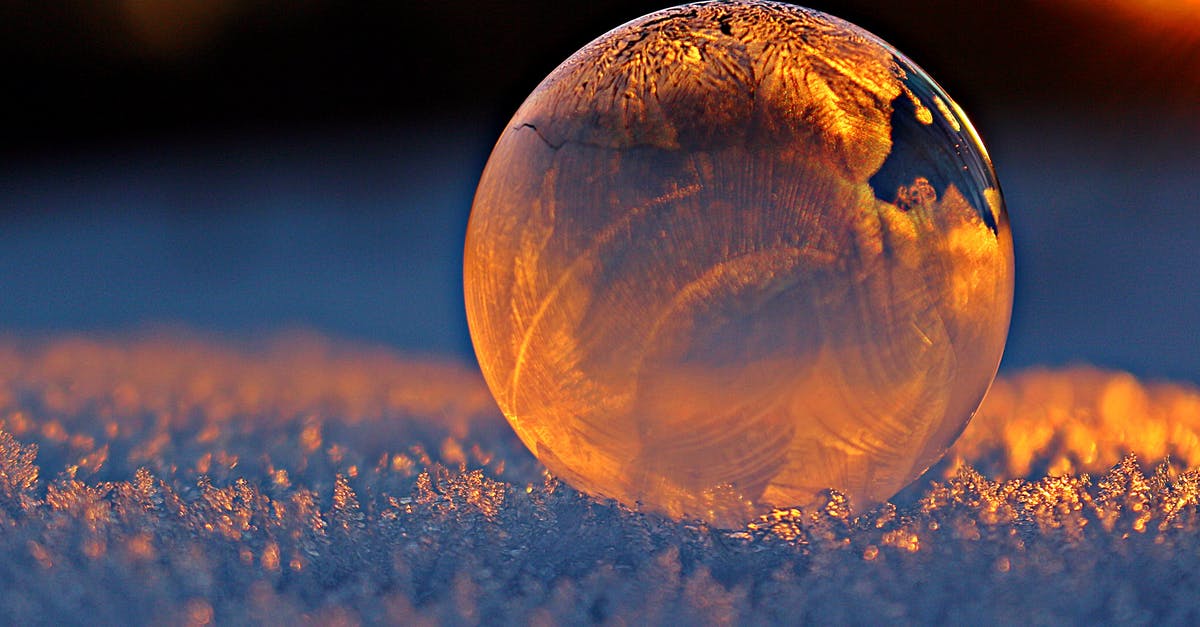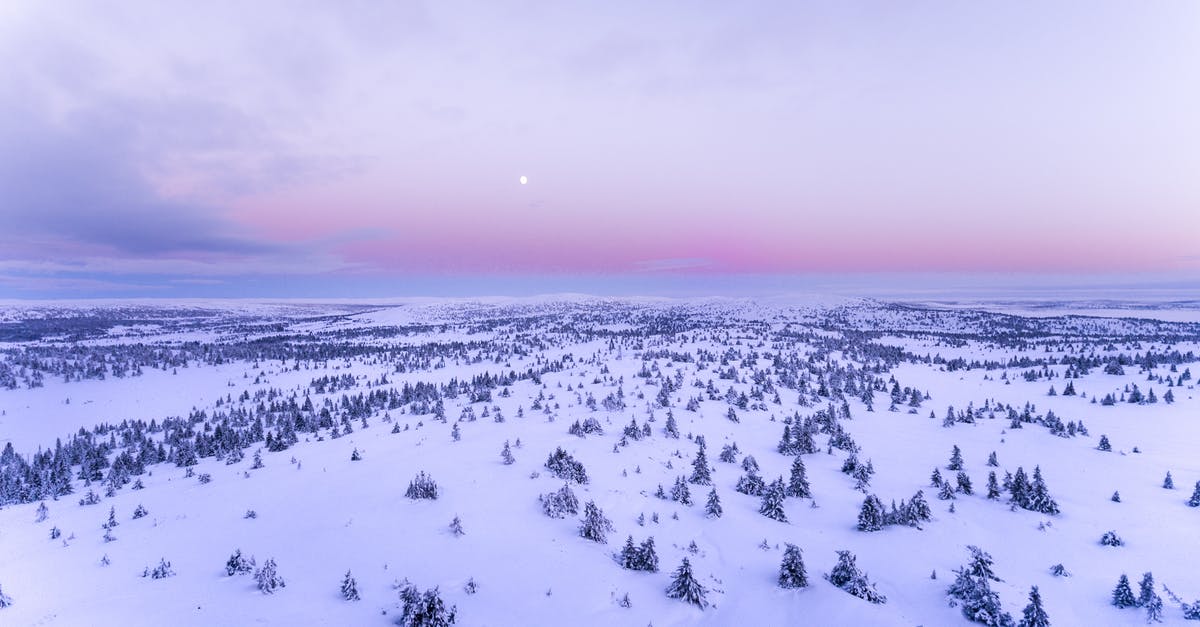How much brine do I need to freeze icecream?

Suppose that I am making ice-cream the old fashioned way, by keeping a bowl of ice cream base in a bigger bowl of table salt solution cooled to below freezing.
- How much brine do I need per 100 g of ice cream base?
- Does it depend on the type of ice cream I use (philadelphia (no egg yolks) vs. french (with egg yolks) vs. gelato (starch-thickened))? What is the direction of the dependency?
- Does it depend on the overrun of the ice cream base? (I tend to keep a part of the cream aside, whip to soft peaks, then gently fold into the cooled base). What is the direction of the dependency?
- Does it depend on the brine concentration? What is the optimum concentration?
- Assume that I can stir the base until it has frozen. How big a difference will this make?
I have a freezer which can give me -23°C, if I remember correctly. I could practically freeze the brine (which melts at -17.7°C, as I was informed in chat), or keep it close to freezing, before I start the ice cream making. Assume that I fill the inner bowl with ice cream base at fridge temperature (around 4°C) and that my stirring can't scrape the sides of the inner bowl efficiently. The inner bowl is likely to be made of glass (but if there is substantial difference in using a thin steel inner bowl, please tell me, because in this case, I am likely to get a new bowl specifically for ice cream).
As always, my goal is the creamiest ice-cream possible, with as few crystals as possible.
Best Answer
Brine
Some assorted thoughts, before I try to guess an actual quantity:
Dependence on overrun shouldn't really be significant, as long as you're mixing well. The air doesn't add significant heat capacity, but it will make heat transfer less effective by providing some insulation, so you do need to mix well.
I can't imagine dependence on type of ice cream being that huge - whether you're using cream or egg yolks, you've still got plenty of water. I found a table for specific heats; it looks like eggs have a slightly lower heat capacity above freezing, and slightly higher after. I'm not sure about just the yolks, or about the latent heats of either. In any case, the properties of the ice cream custard will be somewhere between water and those. (Wildly generalizing, ice cream might be 1/5 sugar and 1/6 fat by weight.)
The more salt you have in your brine, the colder you can get it before it freezes. You won't be able to get it as cold if you don't have as much salt. I think you were slightly misinformed in chat: 0F (-17.7C) was defined (for whatever reason) using ammonium chloride. Saltwater brine (sodium chloride) can reach -21.1C (-6.0F) with 23.3% salt by weight (source: wikipedia). I believe the freezing point is roughly linear as a function of salt concentration; in any case, it'll be the most effective with the highest concentration.
You missed one factor that may well be bigger than anything you listed: heat coming in from the environment. This will depend on how well insulated your outside vessel is, the ambient temperature, and how much surface of the brine is exposed. (Also on how much you're gripping it with your hands, I suppose.)
As for quantities, I could try to ballpark something using specific heat/latent heat, but I think a far better method is to just look at the recipes for "ice cream in a bag" - the general idea of those is to put the ice cream mixture in a smaller plastic bag bag, inside a gallon bag full of icy brine, and shake. There are a lot of recipes using a sandwich or quart bag with 1/2 to 1 cup volume (probably ~120-240g) ice cream mixture, inside a gallon bag with at least 2-3 cups of crushed ice plus plenty of salt (maybe 300-600g? hard to say). I also found this one with the brine just in a bowl, using a pint (probably ~475g) of ice cream mixture and 3-4 pounds of ice. The latter is a little easier to estimate based on; it suggests for 100g of ice cream mixture you might need 300-350g of brine. (The other recipes are consistent with this.)
Mixing
This is really a separate question from all the brine stuff. If you want to get good ice cream, you absolutely must mix (churn). This both helps minimize crystal size and incorporate air. (Unlike whipping a liquid, mixing during freezing doesn't have to be as vigorous to get the air in.) It's possible that if you freeze it fast enough, you could make up for the air part with your pre-whipping, but I suspect you'll lose a bit of that volume during freezing. So at the very least, stirring will break up crystals, and it may well give you airier, fluffier ice cream too. (I'd be careful with that New York Times recipe I linked to; it's going to be prone to giving you unwanted crystallization if you don't take care with the "kneading", and may not leave a lot of overrun.)
General advice
I know you may have reasons not to do this, but in general, if you're willing to go to this much effort, you might as well buy an ice cream machine if you can. The part that you freeze will probably take up less freezer space than the ice/brine you'd otherwise use, and it'll also do the churning for you.
Pictures about "How much brine do I need to freeze icecream?"



Quick Answer about "How much brine do I need to freeze icecream?"
We need a salt concentration, or a ratio of 5 cups of ice to 1 cup of salt. This will keep our brine temperature constant at 8 to 12 degrees Fahrenheit. This will give us the rapid cooling and freezing that is essential to making smooth, creamy ice cream. Freezing time should not be too slow or too fast.How much salt should I put in my freezer for ice cream?
Once you have filled the tub with ice, add about 2 cups of rock salt. Over time, the ice will begin to melt, and you can continue to add more ice and rock salt. You may choose to layer ice and rock salt to speed up the freezing process.How do you make ice cream brine?
Make a brine with 3 quarts water and 1 pound salt, divide it between two 1-gallon freezer bags, and store bags flat in freezer. To make ice cream, sandwich the bag of mix between brine bags, enclosing stack in towels.Will a brine solution freeze?
In particular, when salt brine is applied at a 23.3% concentration, it will freeze (without any additional dilution) at about -6\xb0 F. Unless the road surface is extremely cold, the brine will not freeze to the road.How do you freeze homemade ice cream?
For extra security, place a layer of plastic wrap between your ice cream and the lid. Air is also responsible for freezer burn, which desiccates and crystalizes the surface of ice cream. A tight lid helps, but air trapped inside the container over long periods will also do damage.You've Been Storing Ice Cream Wrong Your Entire Life
Sources: Stack Exchange - This article follows the attribution requirements of Stack Exchange and is licensed under CC BY-SA 3.0.
Images: Francesco Ungaro, Ruvim Miksanskiy, Pixabay, invisiblepower
